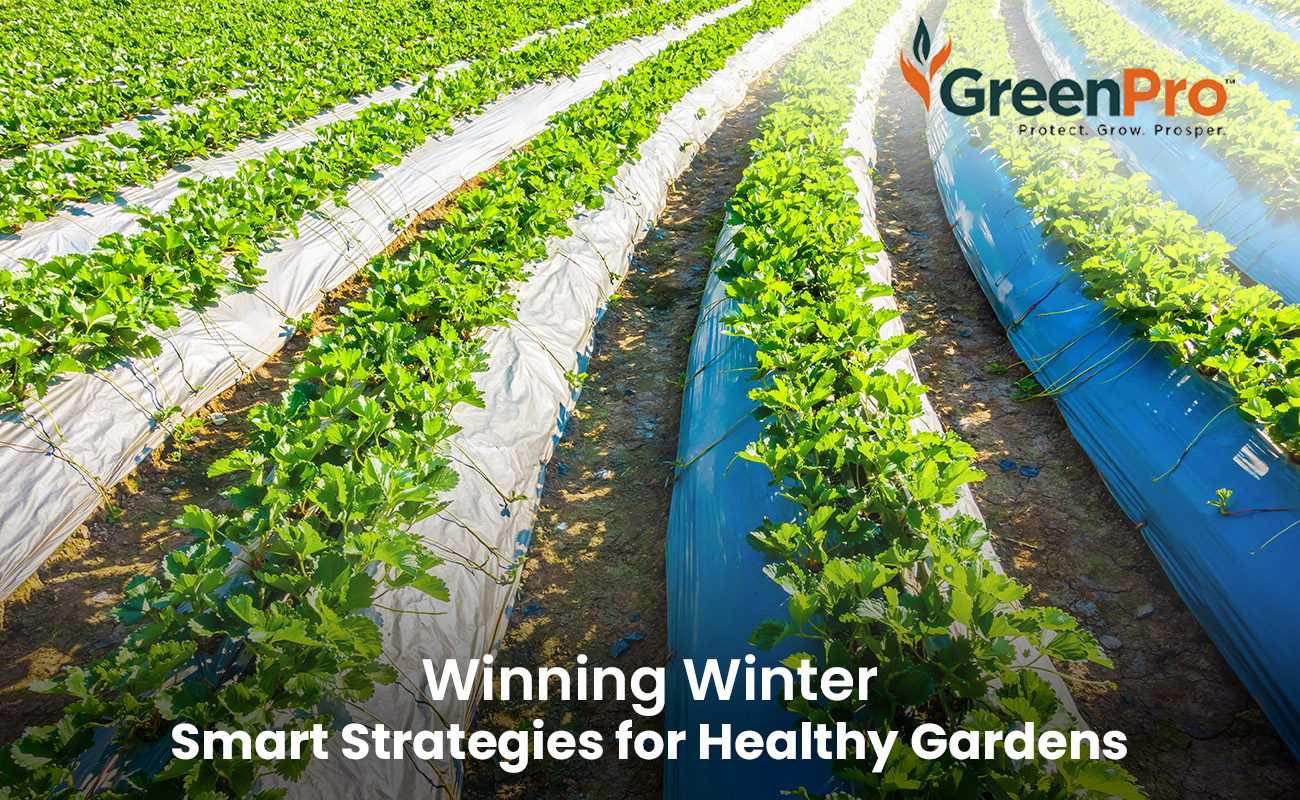Winter Greenhouse Farming Tips for Healthy Crops

Winter months pose significant challenges for farmers and gardeners alike. Cold temperatures, frost, and shorter daylight hours can negatively impact the health of plants. However, with the right strategies, you can keep your garden and farm healthy during the harshest winter months. For those utilizing greenhouse farming, this process becomes more manageable.
Let us know the key strategies to maintain a healthy garden and farm during winter.
1. Invest in Greenhouse Farming
One of the most effective ways to maintain plant health in winter is through Greenhouse farming. Greenhouses create a controlled environment that shields plants from extreme weather conditions such as frost, snow, and chilly winds. By adjusting the temperature and humidity levels, greenhouse farming allows you to extend the growing season and ensure continuous production.
Greenhouse farming also minimizes exposure to winter pests, allowing plants to thrive. Additionally, modern greenhouses can be equipped with automated systems for irrigation, ventilation, and lighting, ensuring optimal plant care.
2. Use Mulching for Outdoor Plants
Organic mulches like straw, shredded leaves, or bark are ideal for covering garden beds. Applying a thick layer of mulch can prevent the freezing and thawing cycle, which can damage root systems. In addition, mulch suppresses weeds, allowing plants to grow without competing for nutrients.
3. Choose Cold-Resistant Plant Varieties
Selecting plant varieties that are naturally cold-resistant is another effective strategy. Hardy plants can survive harsh winter and continue to produce even during the winter. For fruit growers, varieties like winterberries or certain apple cultivars are well-suited for cold weather.
If you’re growing vegetables, root crops like potatoes and radishes also perform well during colder months. By choosing winter-friendly varieties, you reduce the risk of crop failure and ensure a healthy farm or garden.
4. Protect Plants with Row Covers and Cloches
For outdoor gardening, another useful technique is the use of row covers. Row covers are typically made from lightweight fabric that can be draped over plants, providing protection while still allowing light and moisture to reach the soil.
Both row covers and cloches are effective in preserving plant health during cold spells, ensuring that your crops are shielded from the harshest winter elements.
5. Water Management and Irrigation
Plants may need less water in winter, maintaining proper irrigation is essential. In greenhouse farming, automated irrigation systems can help regulate moisture levels, ensuring that plants receive just the right amount of water.
6. Pruning and Plant Maintenance
Plants are dormant and less vulnerable to damage during winter. In a greenhouse setting, regular maintenance tasks like cleaning plant debris, checking for pests, and ensuring proper ventilation will help keep plants healthy. Pruned plants and well-maintained systems contribute to a successful winter gardening season.
7. Maximize Sunlight Exposure
Position your greenhouse or outdoor plants where they will receive the most sunlight throughout the day. If necessary, consider using supplemental lighting inside greenhouses to mimic longer daylight hours and promote photosynthesis.
Plants rely on sunlight to grow, so providing enough light will help them stay strong and healthy during the colder months.
Bottom Line
Whether you use greenhouse farming or outdoor techniques like mulching and pruning, these strategies from GreenPro Ventures will protect your plants and ensure their survival.
Greenhouse farming offers a year-round solution to winter’s challenges, enabling continuous crop growth in a controlled environment. With GreenPro Ventures, you can keep your plants healthy and productive, even as temperatures drop.
